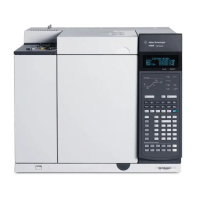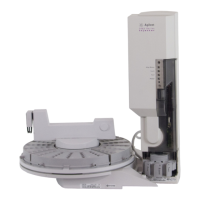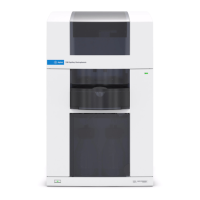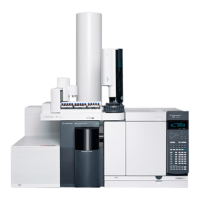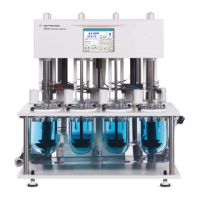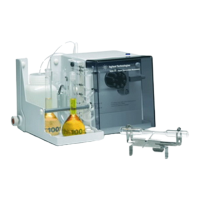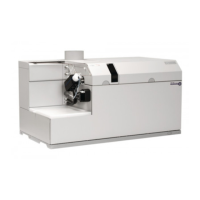Introduction
7890A GC Safety Manual 9
Dangers unique to GC/MSD operation
Hydrogen presents a number of dangers. Some are general, others are
unique to GC or GC/MSD operation. Dangers include, but are not limited
to:
• Combustion of leaking hydrogen.
• Combustion due to rapid expansion of hydrogen from a high- pressure
cylinder.
• Accumulation of hydrogen in the GC oven and subsequent combustion
(see your GC documentation and the label on the top edge of the GC
oven door).
• Accumulation of hydrogen in the MSD and subsequent combustion.
Hydrogen accumulation in a GC/MSD
All users should be aware of the mechanisms by which hydrogen can
accumulate (Table 1) and know what precautions to take if they know or
suspect that hydrogen has accumulated. Note that these mechanisms apply
to all mass spectrometers, including the GC/MSD.
The GC/MSD cannot always detect leaks in inlet and/or detector gas streams. For
this reason, it is vital that column fittings should always be either connected to a
column, or have a cap or plug installed. The H
2
streams must be configured for
hydrogen so that the GC is aware of hydrogen use.
Table 1 Potential hydrogen accumulation mechanisms in GC/MSD
Mechanism Results
Mass spectrometer turned off A mass spectrometer can be shut down
deliberately. It can also be shut down accidentally
by an internal or external failure. A mass
spectrometer shutdown does not shut off the flow
of carrier gas. As a result, hydrogen may slowly
accumulate in the mass spectrometer.
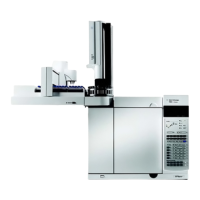
